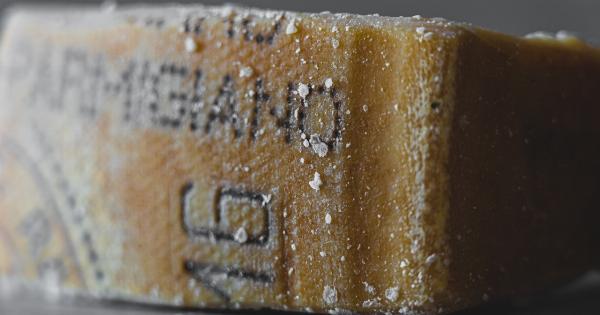Salt is a staple in nearly every kitchen around the world. It enhances the flavor of food and is essential for our bodies to function properly.
While most people are familiar with common table salt, there has been a recent surge in popularity for Himalayan salt, which is believed to be a healthier and more superior alternative. But is there any truth to this claim? In this article, we will explore the differences between Himalayan salt and common salt and determine if Himalayan salt is really superior.
What is Himalayan Salt?
Himalayan salt is a type of rock salt that is mined from the Khewra Salt Mine in Pakistan, located at the foothills of the Himalayas. It gets its pink color from the trace minerals present in the salt, such as iron, magnesium, potassium, and calcium.
These minerals are claimed to provide additional health benefits compared to common salt.
Composition Differences
Common salt, or table salt, is mainly composed of sodium chloride, with a small amount of iodine added to prevent iodine deficiency. On the other hand, Himalayan salt contains trace amounts of various minerals, giving it a more complex composition.
However, the mineral content in Himalayan salt is relatively low compared to other food sources, so its impact on overall health may be minimal.
Health Benefits
Proponents of Himalayan salt argue that its extra minerals provide numerous health benefits. Some claim that it can improve respiratory conditions, balance pH levels, and even promote better sleep.
However, there is limited scientific research to support these claims. In fact, the mineral content in Himalayan salt is not significant enough to have a substantial impact on health. Most of the claimed benefits can be achieved through a well-balanced diet that includes a variety of fruits, vegetables, and whole grains.
Taste and Texture
One noticeable difference between Himalayan salt and common salt is the taste and texture. Many people find that Himalayan salt has a milder and less harsh flavor compared to common salt.
It also has a slightly different texture, with larger crystal sizes. Some chefs and food enthusiasts prefer the subtle flavor and unique texture of Himalayan salt, as it can enhance the overall dining experience.
Culinary Uses
Himalayan salt is widely used in cooking and is found in various forms, including fine granules, coarse crystals, and even salt blocks that can be used for cooking and serving.
It is often used for seasoning meats, fish, and vegetables, as well as for making salt brines and even salt lamps. Common salt, on the other hand, is primarily used for seasoning and preserving food.
Environmental Impact
Another aspect to consider is the environmental impact of salt production.
Himalayan salt is mined from ancient sea beds and is considered a more sustainable option compared to common table salt, which is often extracted through industrial processes that can harm the environment. However, the demand for Himalayan salt has led to concerns about over-mining and its potential consequences on the local ecosystem.
Cost Comparison
Himalayan salt is generally more expensive than common table salt due to the additional labor involved in mining and the perception of it being a premium product.
While some people may be willing to pay a premium for the perceived health benefits and unique qualities of Himalayan salt, others may prefer the cost-effectiveness of common salt, which remains a widely accessible and affordable option for everyday cooking and seasoning.
In Conclusion
While Himalayan salt may offer slight differences in taste and texture compared to common salt, its additional mineral content is not significant enough to provide substantial health benefits.
The best way to obtain essential minerals is through a varied and balanced diet. Ultimately, the choice between Himalayan salt and common salt comes down to personal preference and budget. Both options can effectively enhance the flavor of food and contribute to an enjoyable dining experience.













